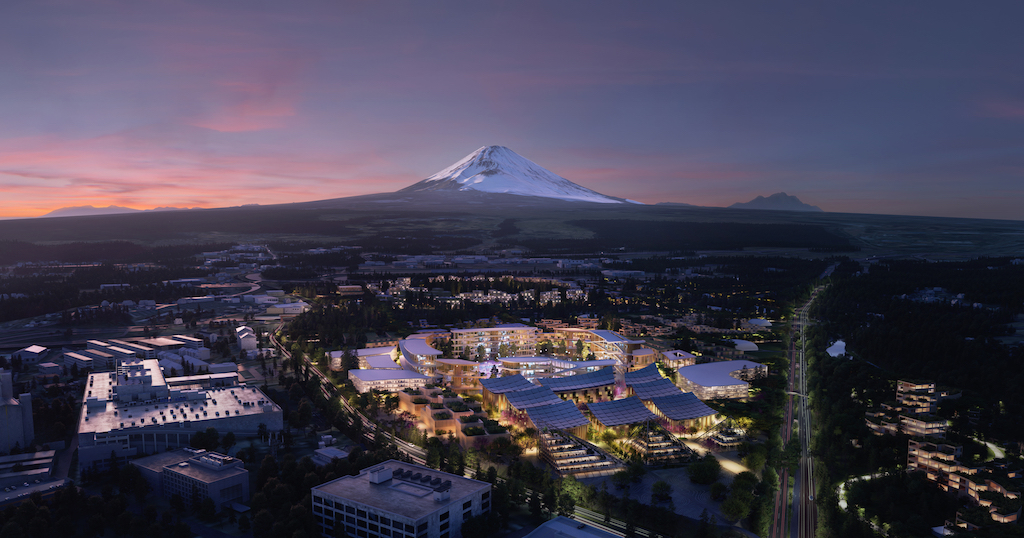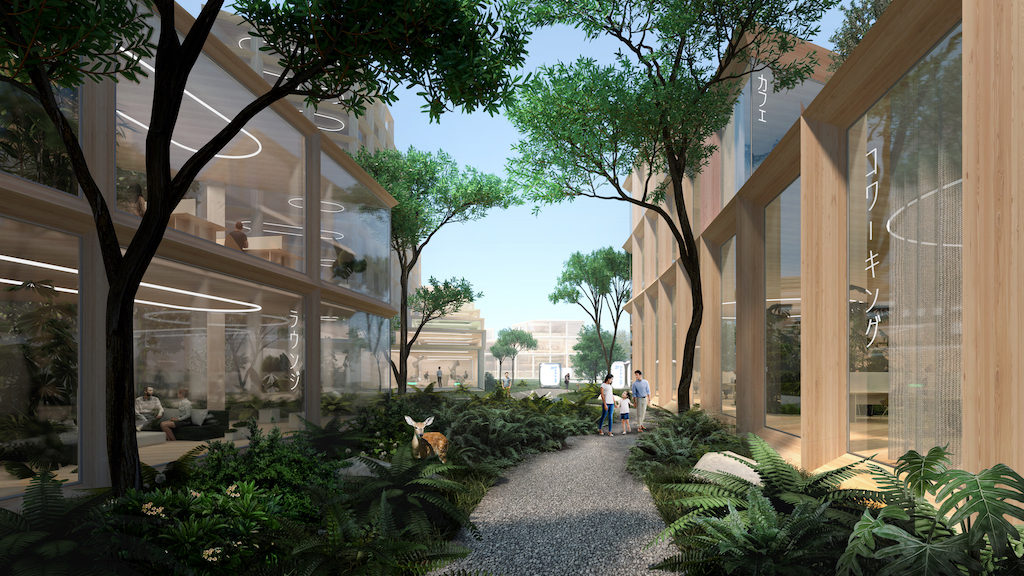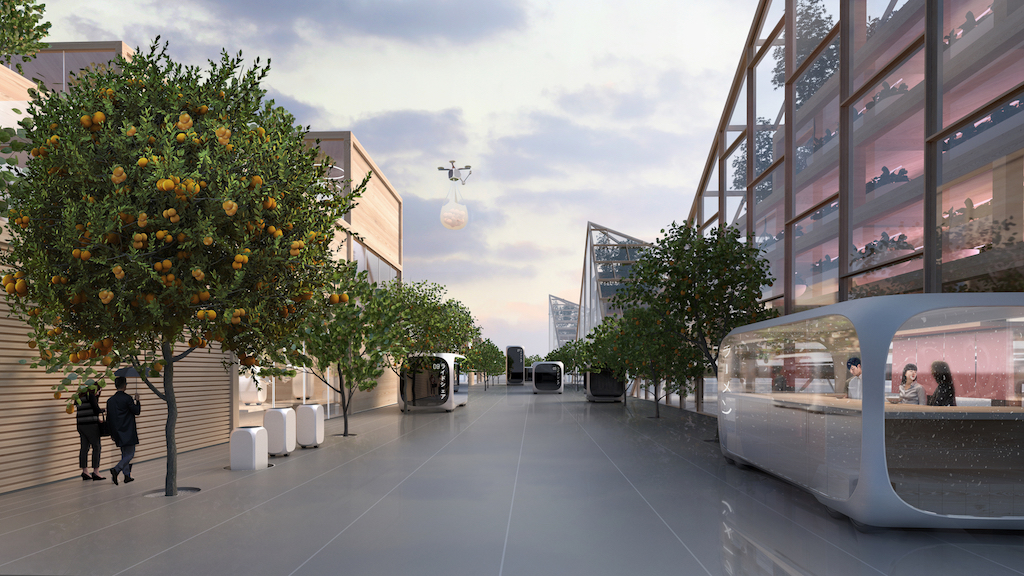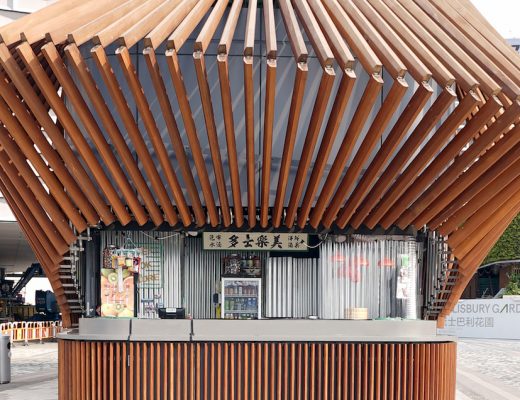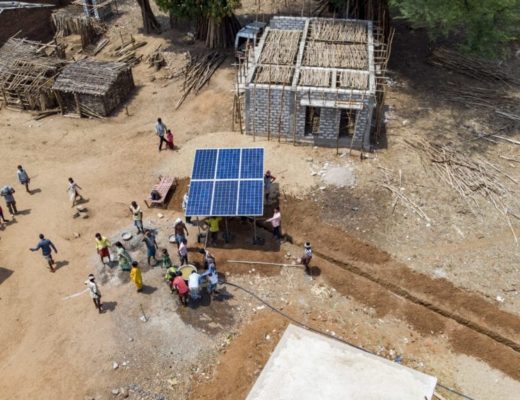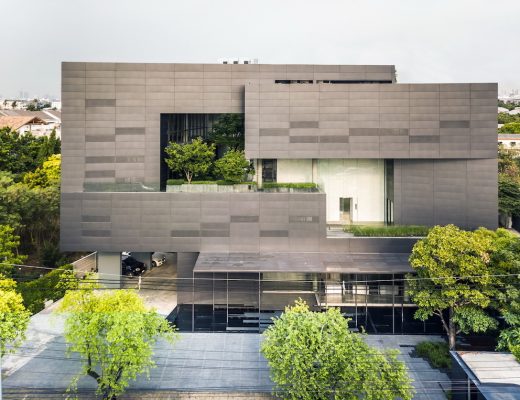Bjarke Ingels-led practice BIG has unveiled its latest and first project in Japan called the Toyota Woven City. Nestled at the foothills of Mt. Fuji, the collaboration with Toyota Motor Corporation, will be the world’s first urban incubator that will focus on the future of mobility.
Situated on the site of a former factory site in the city of Susono in Shizuoka, the Toyota Woven City has been conceived as “a living laboratory to test and improve mobility, autonomy, connectivity, hydrogen-powered infrastructure, and industry collaboration”. Imagined as a future and advanced 175-acre cluster, “enabled by technology yet grounded in history and nature”, the project will house a close community of people. With the aim to become a carbon-neutral community, the project proposes a well-connected city, with a newfound balance between vehicles, alternate forms of movement, people and nature.
Using alternative sources of energy such as solar energy, geothermal energy, and hydrogen fuel cell technology, the city, expected to be built at the beginning of 2021, puts in place a “flexible network of streets dedicated to various speeds of mobility for safer, pedestrian-friendly connections”.
In fact, the traditional system of a road has been deconstructed, dividing the public realm into 3 entities, a primary street for faster autonomous vehicles, the recreational promenade occupied by micro-mobility types, and finally the linear park, dedicated for people and nature. This approach is integrated or “woven” into 3×3 city blocks, “each framing a courtyard accessible only via the promenade or linear park”, and expanding in size relative to the programme it will host.
“Residences in the Woven City will test new technology such as in-home robotics to assist with daily living. These smart homes take advantage of full connectivity using sensor-based AI technology to perform functions such as automatic grocery deliveries, laundry pick-ups or trash disposal, all while enjoying spectacular views of Mt. Fuji.” – BIG
The infrastructure of the city lies underground, out of sight. It includes amenities like hydrogen power, stormwater filtration and “matternet”, a goods delivery network. On the other hand, the built environment, a mass timber construction, will be made out of carbon-sequestering wood with photovoltaic panels installed on the roofs. Holding a mix of housing, retail, and business, the structures combine traditional craftsmanship and future sustainable technologies.

